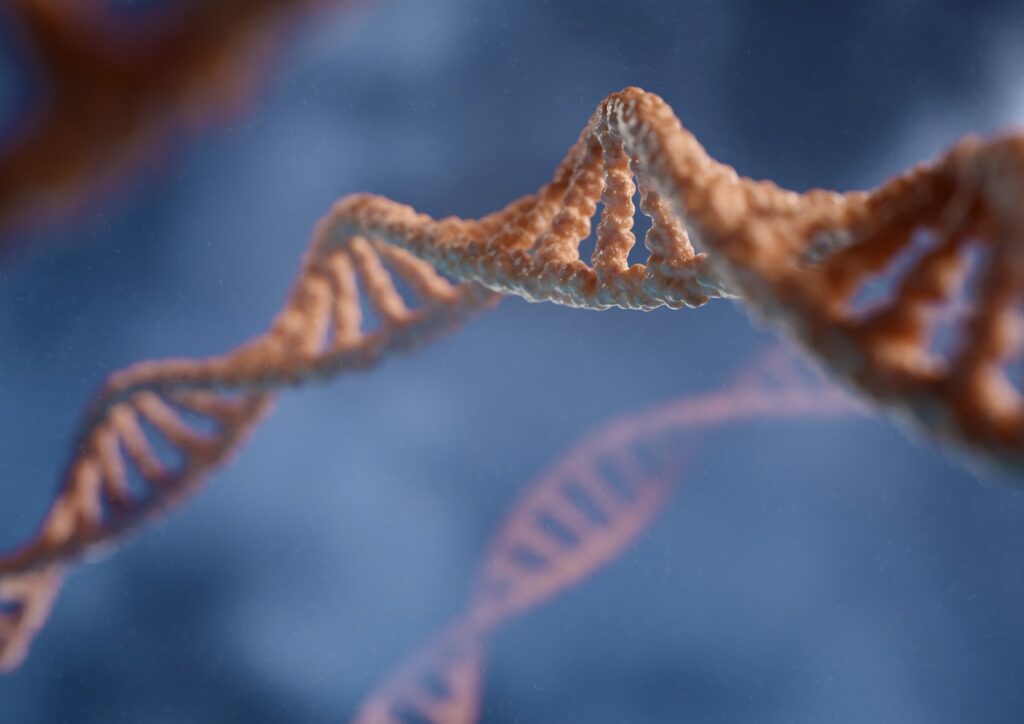A new hybrid nanoreactor that combines biology and advanced materials for the direct production of hydrogen using sunlight has been unveiled by scientists from the University of Liverpool in a recent milestone for clean energy research. By going around long lasting problems in artificial photocatalysis, this innovative approach could radically change the scenery for sustainable fuel production.
As its breakthrough, the chip consists of a fusion of biological microstructures, drawn from bacteria and synthetic semiconductors. Because it includes this combination, the system is able to efficiently soak up the sunlight and convert it into hydrogen, a clean and renewable fuel. The findings, published in ACS Catalysis, take a major step toward scalable and cheap alternatives to the current technologies of making hydrogen.
The Problem | Natural Photosynthesis vs. Artificial Systems
Light has always been a crucial energy resource to life on Earth. Natural photosynthesis, perfected over millions of years, had always proven efficient at capturing and converting sunlight for energy. Artificial systems try to replicate this process; to produce fuels, but rarely approach nature’s rate of efficiency or longevity, mostly affected by the instability of the essential components.
To solve this problem, the Liverpool research team led by Professors Luning Liu and Andy Cooper integrated natural carboxysome shells, a type of microcompartments characteristically present in bacteria, with a synthetic microporous organic semiconductor. Protecting enzymes as hydrogenase can catalyse hydrogen production and are susceptible to oxygen can deactivation (e.g., carboxysomes are suited to doing this).
Encapsulating these enzymes with the hybrid nanoreactor retains high activity and durability required in real world energy applications.
How It Works | A Bio-Synthetic Synergy
The nanoreactor operates as a light-driven system where synthetic semiconductors harvest visible light and transfer the resulting energy (excitons) to the biocatalyst inside the carboxysome shells. These shells not only shield the sensitive enzymes but also provide an ideal environment for continuous hydrogen generation.
According to Professor Luning Liu, Chair of Microbial Bioenergetics and Bioengineering,
“By mimicking the intricate structures and functions of natural photosynthesis, we’ve combined the broad light absorption properties of synthetic materials with the catalytic strength of biological enzymes. This synergy enables us to produce hydrogen using light as the sole energy input.”
Cost-Effective and Scalable Potential
A particular highlight of this research is its avoidance of expensive precious metals like platinum, which are typically used in synthetic photocatalysts. By relying on abundant and easy to obtain materials and using biological systems, this approach offers a more affordable and scalable alternative for hydrogen production.
Professor Andy Cooper, Director of Liverpool’s Materials Innovation Factory, emphasized the collaborative effort, stating,
“It’s exciting to see what can be achieved when expertise from bioengineering and materials science comes together. This work opens the door to developing biomimetic nanoreactors for clean energy and broader applications in enzymatic engineering.”
The findings come at a time when industries and governments everywhere are seeking to obtain carbon neutral energy sources. While there is no question that hydrogen will play a leading role in this transition, its large scale adoption has been hindered by its production cost and efficiency. Hybrid nanoreactor shown by the Liverpool team is a viable way round these obstacles.
Although the technology is still in its research stage, the technology is also modular and depends on renewable energy for its energy, which provides a strong potential for future applications. In addition to hydrogen, principles developed here could be translated to other biotechnological processes that depend upon precise energy input and enzymatic activity.
The increased pace of clean energy research is pushing such breakthroughs, and within the community of cross disciplinary collaboration is vital. The hybrid nanoreactor enables natural efficiency combined with synthetic control of production parameters toward a new approach in sustainable fuel production.

Hassan graduated with a Master’s degree in Chemical Engineering from the University of Chester (UK). He currently works as a design engineering consultant for one of the largest engineering firms in the world along with being an associate member of the Institute of Chemical Engineers (IChemE).



